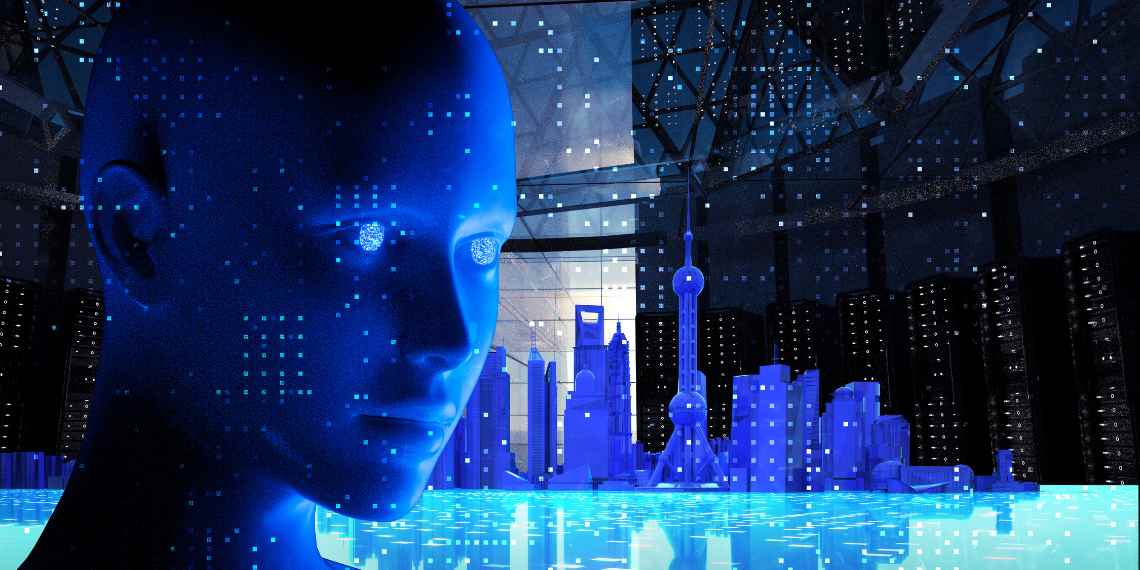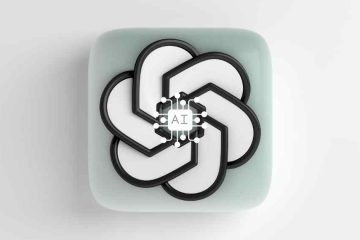Introduction
Artificial intelligence is an increasingly important part of our lives, and one of the most fascinating AI tools is ChatGPT, developed by OpenAI. This large-language model is capable of generating human-like text and images based on written prompts from users. While it has limitations and safeguards to ensure it does not produce harmful or toxic content, there are still concerns about its potential for error and misuse. In this blog, we’ll explore the reasons why ChatGPT is Scary and the limitations of ChatGPT.
1. It’s based on AI.
ChatGPT, developed by OpenAI, is part of a group of AI tools called generative AI, which allow users to input written prompts and receive new human-like text or images on demand. Prior models from the company, including DALL-E (its name is a mashup of Salvador Dali and Pixar’s WALL-E), have gotten a lot of attention from people who are enchanted by the strange images they produce.
However, experts say that these models are not yet capable of achieving human-like general intelligence. Instead, they have specific limits that can be programmed into them to ensure their outputs are not toxic or harmful.
For example, ChatGPT is not trained to answer questions that are hateful, sexist or racist in any way. It also is not programmed to generate answers that are untruthful or false, as this could harm students’ learning experience.
Read Also: How ChatGPT Can Help in Writing Essays
2. It’s a robot.
A lot of people have been talking about ChatGPT, an AI that mimics human conversation and writes essays and screenplays. Some people are excited about it, but others are scared of it.
The technology behind ChatGPT is a large-language model trained by OpenAI, which uses massive amounts of text from the internet to train its machine learning algorithms. It has a lot of information in its database, including billions of words from books and Wikipedia.
When it gets a question from a user, it uses that information to generate answers. It doesn’t make accurate arguments or express creativity, it just produces textual material based on the requester’s intent.
Eventually, it could be used to answer search queries, but it only has knowledge of the text it was trained on until 2021, so it doesn’t know the world well enough to deliver answers that are accurate and useful in current times. In other words, it could be a threat to modern-day search engines.
3. It’s not human.
ChatGPT, a state-of-the-art AI chatbot developed by OpenAI, has become a sensation in recent months. It can generate essays and articles with a prompt, have natural-sounding conversations, debug computer code, write songs, and even draft Congressional floor speeches.
But behind the apparent prowess of ChatGPT, there is also a dark side. The AI’s propensity to generate plausible-sounding but incorrect or nonsensical answers is cause for concern, according to OpenAI.
In addition, the chatbot is sensitive to tweaks to its input phrasing and is prone to attempting questions that are phrased slightly differently than others it has tried. Often, the model will simply guess what the user intended, and then produce an answer that is faulty or incorrect.
The bot also errs on the side of falsehood, claiming that it’s offensive to make generalizations about people based on their gender, for example. But that doesn’t stop it from expressing its own opinions and beliefs if prompted appropriately.
Read Also: Tips for making Chat GPT content non-plagiarized
4. It’s not safe.
The ChatGPT language model is open-source, which means that anyone can modify it and use it to carry out cyberattacks. This can be a serious concern, especially when you consider that it’s trained on billions of data points.
This also makes it easier for fraudsters to create fake customer service emails that could trick you into paying for services you didn’t need. Microsoft has already warned users about this potential danger and vowed to implement checks to prevent nefarious usage.
However, there are still many questions about whether ChatGPT is safe for use. For instance, it can mix fact and fiction and produce answers that are biased.
This problem is known as “hallucination,” and it is a major concern in AI language models. It’s a key reason why OpenAI has imposed safeguards to ensure that its AI isn’t used for discriminatory purposes.
5. It Raises Ethical Concerns
The development of AI language models like ChatGPT raises important ethical questions about the role of technology in our lives. For example, if we rely on machines to generate written content, what impact will that have on human creativity and the job market for writers and editors? Additionally, the potential for AI to spread misinformation and perpetuate biases is a significant concern that must be addressed. As we continue to explore the capabilities and limitations of AI language models, we must also consider the ethical implications of these technologies and ensure they are being used in ways that benefit society as a whole.
Final Words
In conclusion, ChatGPT is a highly advanced AI language model that has the ability to generate human-like text based on written prompts. While it is a fascinating technology with potential benefits, there are also limitations and concerns that must be addressed. From a safety and ethical concerns to potential misuse, it is important to understand both the capabilities and limitations of ChatGPT and similar AI technologies. As we continue to develop and integrate AI into our lives, it is essential that we approach these technologies with caution and consider the potential impact they may have on society. By doing so, we can harness the power of AI in responsible and meaningful ways that benefit us all.

Hello, I’m Ali Raza, the brain behind Digital Realm Trends.
Hailing from the vibrant world of digital marketing, I’ve honed my skills over years. Based on my experience, I’m here to unravel the complexities of digital marketing, analytics and paid marketing, crafted for individuals like you. Join me in uncovering the power of digital marketing tools and strategies, fueled by experimentation and insights.




